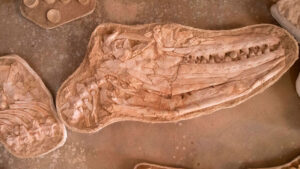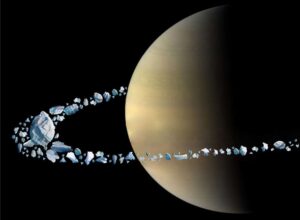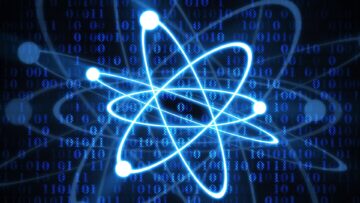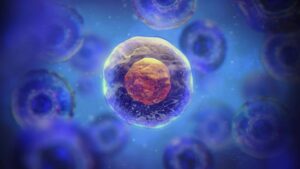An international research team- including the Helmholtz-Zentrum Dresden-Rossendorf (HZDR)- has discovered a quantum state that could be described in this way. Scientists managed to cool a special material to near absolute zero temperature. They found that a central property of atoms – their alignment – did not “freeze,” as usual, but remained in a “liquid” state.
Within quantum materials, the electrons interact with unusual intensity, both with each other and the atoms of the crystal lattice. This close connection produces potent quantum effects that impact microscopic and macroscopic levels. These phenomena give quantum materials extraordinary qualities. For instance, at low temperatures, they can carry electricity losslessly. Frequently, even little variations in temperature, pressure, or electrical voltage are sufficient to alter a material’s behavior significantly.
Prof. Jochen Wosnitza from the Dresden High Field Magnetic Laboratory (HLD) at HZDR said, “In principle, magnets can also be regarded as quantum materials; after all, magnetism is based on the intrinsic Spin of the electrons in the material. In some ways, these spins can behave like a liquid.”
“As temperatures drop, these disordered spins can freeze, much like water freezes into ice.”
“For example, certain kinds of magnets, so-called ferromagnets, are non-magnetic above their “freezing,” or more precisely, ordering point. Only when they drop below it can they become permanent magnets.”
In this study, scientists sought to discover a quantum state in which the atomic alignment associated with the spins did not order, even at ultracold temperatures – similar to a liquid that will not solidify, even in extreme cold.
To reach this state, the research team employed a unique substance, a mixture of praseodymium, zirconium, and oxygen. They believed that the characteristics of the crystal lattice in this material would allow the electron spins to interact uniquely with their orbitals around the atoms.
Prof. Satoru Nakatsuji of the University of Tokyo said, “The prerequisite, however, was to have crystals of extreme purity and quality. It took several attempts, but eventually, the team was able to produce crystals pure enough for their experiment: In a cryostat, a kind of super thermos flask, the experts gradually cooled their sample down to 20 millikelvin – just one-fiftieth of a degree above absolute zero. To see how the sample responded to this cooling process and inside the magnetic field, they measured how much it changed in length. In another experiment, the group recorded how the crystal reacted to ultrasound waves being directly sent through it.”
Dr. Sergei Zherlitsyn, HLD’s expert in ultrasound investigations, describes, “Had the spins been ordered, it should have caused an abrupt change in the behavior of the crystal, such as a sudden change in length. Yet, as we observed, nothing happened! There were no sudden changes in either length or its response to ultrasound waves.”
“The pronounced interplay of spins and orbitals had prevented ordering, which is why the atoms remained in their liquid quantum state – the first time such a quantum state had been observed. Further investigations in magnetic fields confirmed this assumption.”
Jochen Wosnitza speculates, “This basic research result could also have practical implications one day: At some point, we might be able to use the new quantum state to develop susceptible quantum sensors. To do this, however, we still have to figure out how to generate excitations in this state systematically. Quantum sensing is considered a promising technology of the future. Because their quantum nature makes them extremely sensitive to external stimuli, quantum sensors can register magnetic fields or temperatures with far greater precision than conventional sensors.”
Journal Reference:
- Tang, N., Gritsenko, Y., Kimura, K. et al. Spin–orbital liquid state and liquid–gas metamagnetic transition on a pyrochlore lattice. Nat. Phys. (2022). DOI: 10.1038/s41567-022-01816-4













